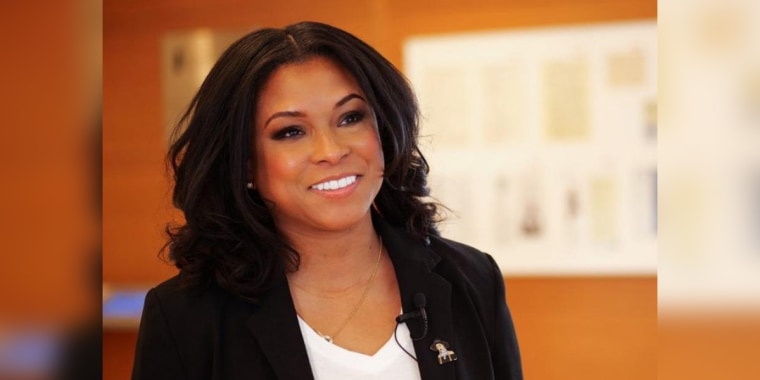The following is an excerpt from Minda Harts’ new book, “Right Within: How to Heal from Racial Trauma in the Workplace”
The idea of psychological safety at work was introduced to me by Amy Edmondson, Novartis professor of leadership and management at Harvard Business School. She defines a psychologically safe workplace as “one where people are not full of fear, and not trying to cover their tracks to avoid being embarrassed or punished.”
We would never debate that it’s probably a bad idea to have someone who has a history of physically attacking colleagues continue on in the workplace. Physical safety should be an obvious company value. So why don’t organizations take into consideration removing someone with a history of racially aggressing others in the workplace? Edmondson states, “Without psychological safety, there’s greater risk of cutting corners and people getting hurt, whether employees, customers, or patients.”

At one point in my career, I had to leave my dream job because I was experiencing repeated racialized trauma at the hands of one particular person. But every level of our department’s leadership failed me because they were friends with this person inside and outside of work. My grievances weren’t taken seriously because my white colleagues said that they had never experienced her abuse, and they couldn’t believe she would ever do that. Um, ma’am, sir, have you ever been a Black woman at work and had to deal with racially aggressive colleagues? If not, then you need to have several seats. Please spare me the BS. The thing is, two things can be correct at the same time. This woman could be abusive to a Black colleague and still be a great friend to all her white colleagues.
In the end, we must hold leaders accountable for creating a workplace free of discrimination, in which all employees can do their work without fear of being attacked—period.
Yet too many workplaces are exacerbating the racial drama instead of providing solutions for restoration. As a way forward, I recommend restoration agreements – a term I have coined for a process to rebuild trust in the workplace and help center those who have been racially harmed. I go into this in great detail in my book, “Right Within: How to Heal from Racial Trauma in the Workplace.”
But if you’re just getting started, a great jumping off point is to set some norms around team meetings. Personally, large team meetings are where I have experienced the most microaggressions. For example, never being able to get a word in. Or the infamous dismissing your idea and then passing it off as their own. Oh and of course, those inappropriate jokes or slurs that casually roll off your colleagues’ tongues. This is an opportunity for you – yes you, reading this, whatever your background – to take a leadership role if you choose. You can start by suggesting rules of engagement to your manager when it comes to their team’s meeting culture. Only you know what type of norms are needed to offset the nonsense.
Your manager could start by assigning a meeting advisor who monitors the tone of the meetings and manages the toxic behavior that might take place. The meeting advisor would observe the team’s actions, language, and tone, then pass their notes along to their manager. This is an opportunity to make managers aware of some disturbing behaviors.
Often, managers are already aware of some of the issues, but they haven’t bothered to have a formalized space to address them. The practice of documenting issues holds managers accountable as well. And it doesn’t have to all be bad news. The advisor can also commend those who encourage others to speak and who amplify what others say to make sure they are credited for their ideas. This way, people in the meeting are acutely aware of their behavior and, as my elders would say, they will “mind their business.”
Sometimes we have to create an understanding of what behavior is encouraged and what behavior won’t be tolerated. As you begin to incorporate restoration agreements into your work culture, you will find additional ways to make meetings a psychologically safe space.
Minda Harts is the CEO of The Memo LLC and an award- winning and best-selling author of The Memo: What Women of Color Need To Know To Secure A Seat At The Table. Minda is a Professor at NYU Wagner and hosts a live weekly podcast called Secure The Seat.
